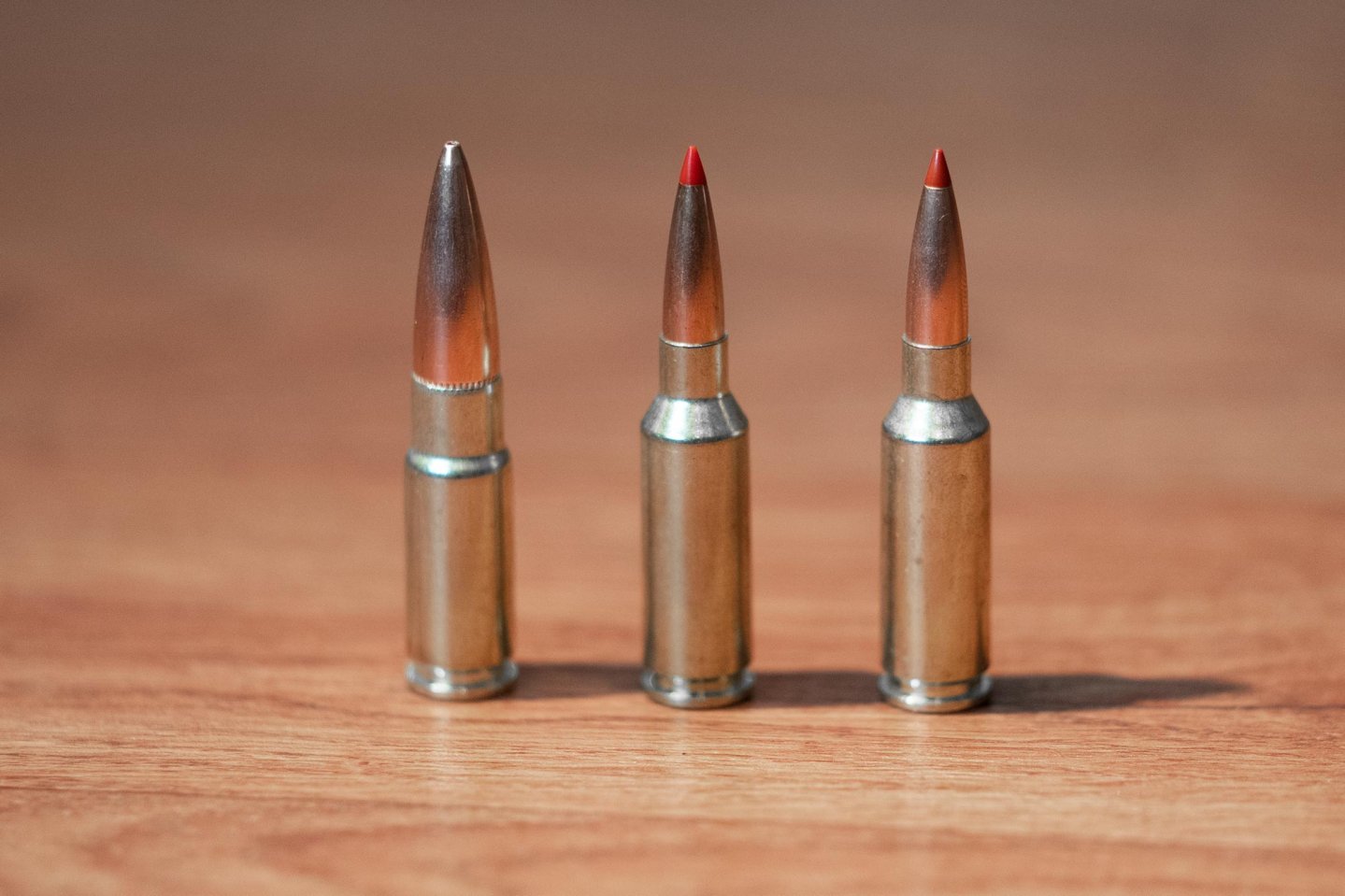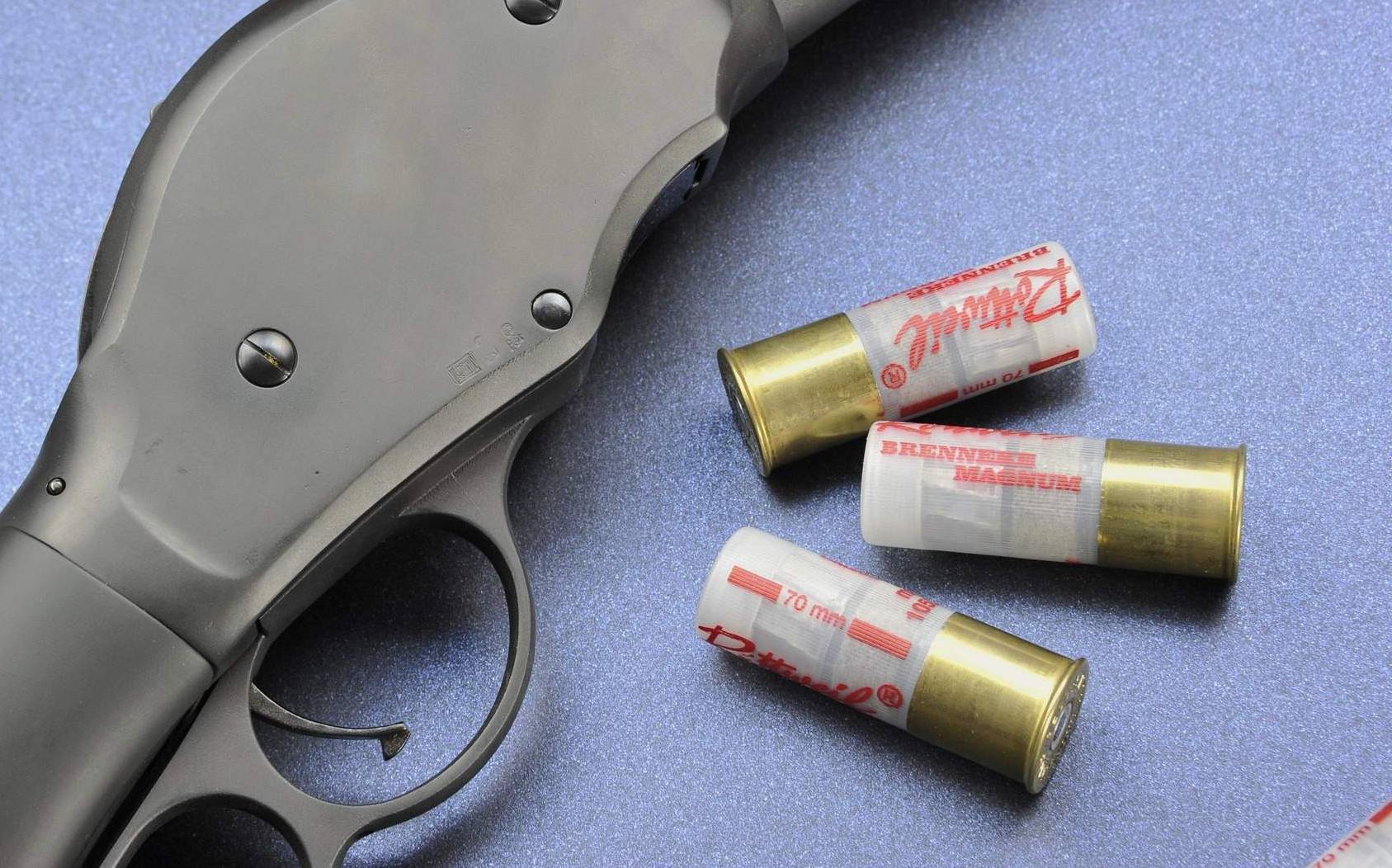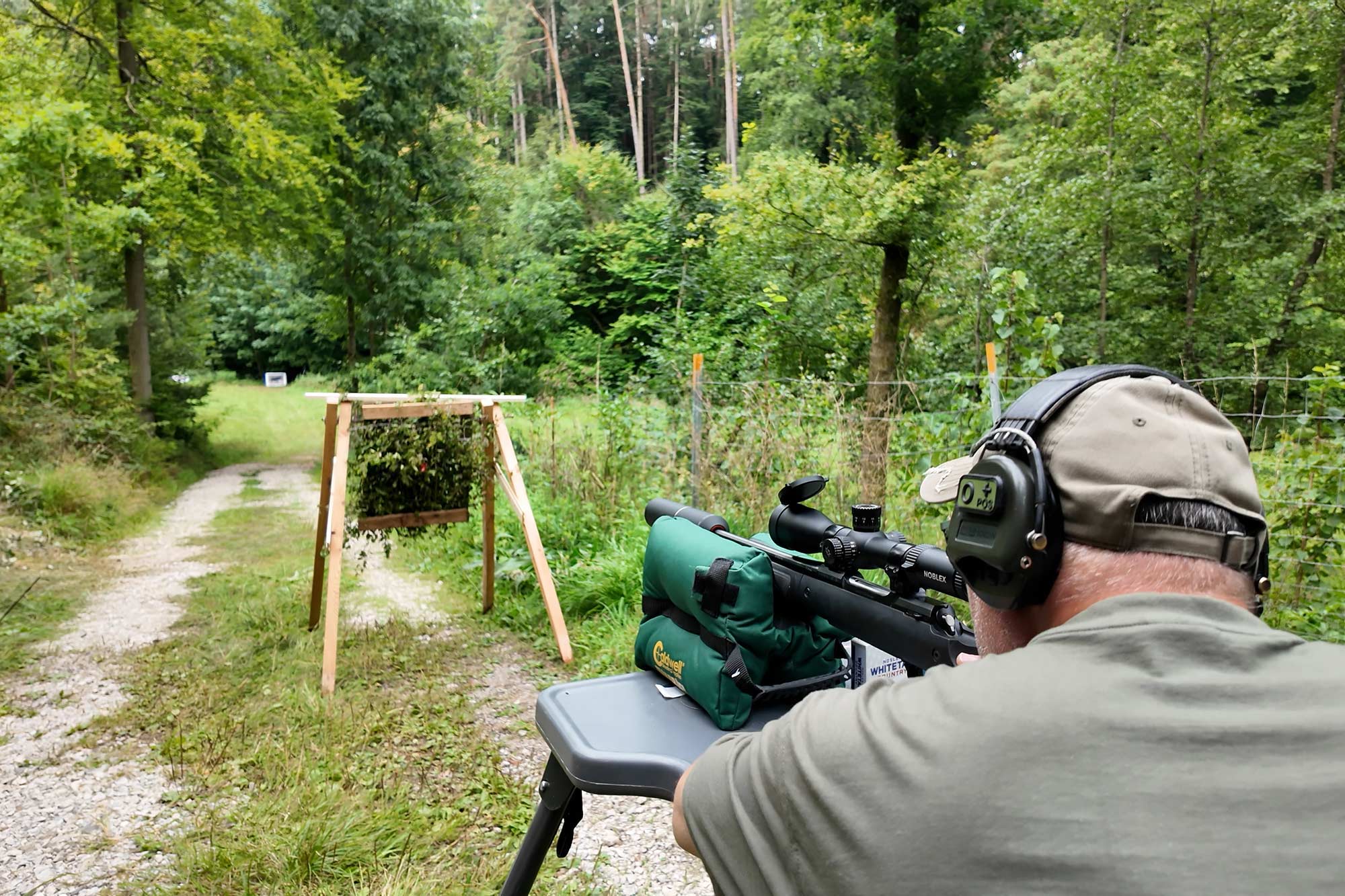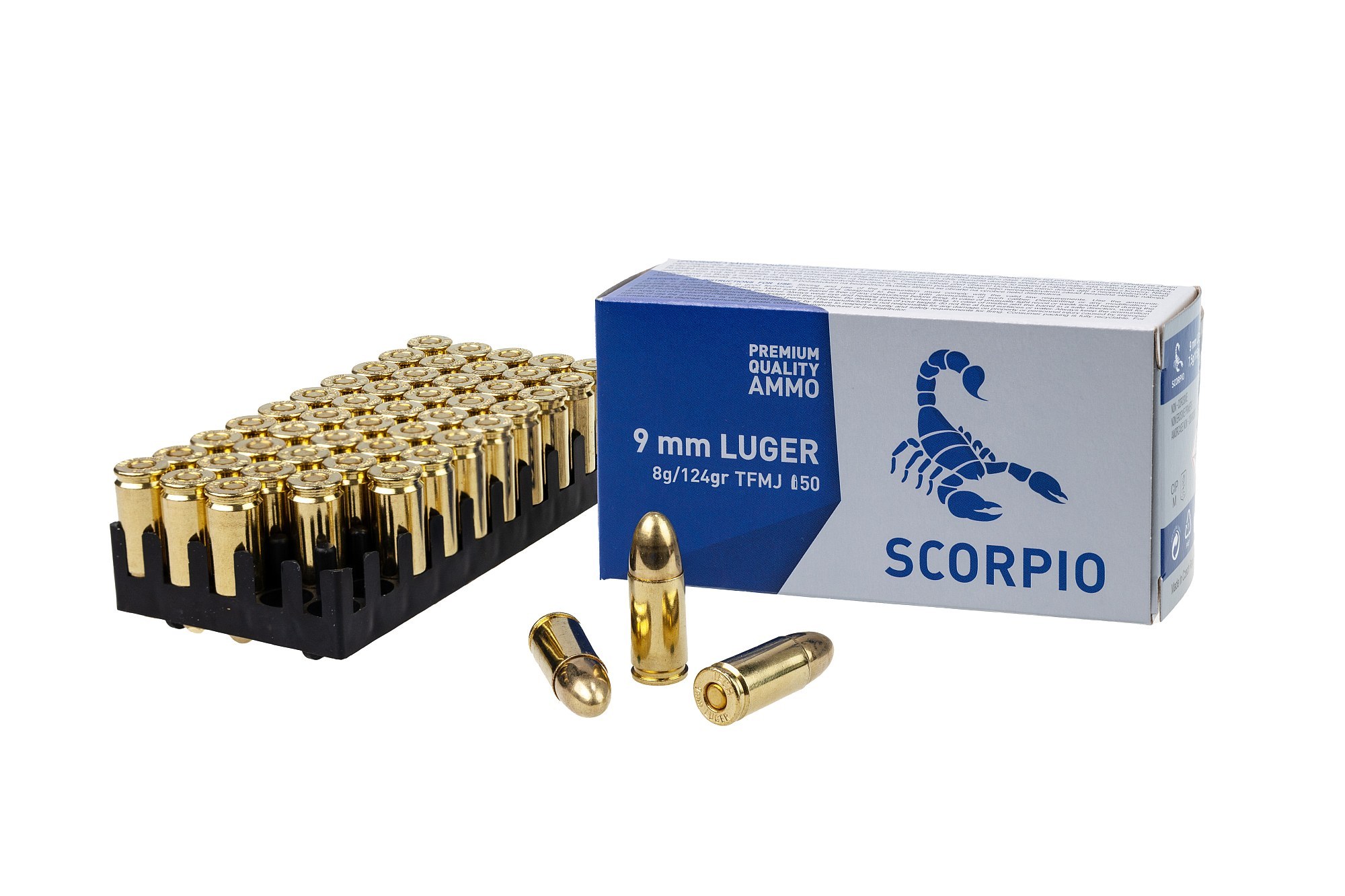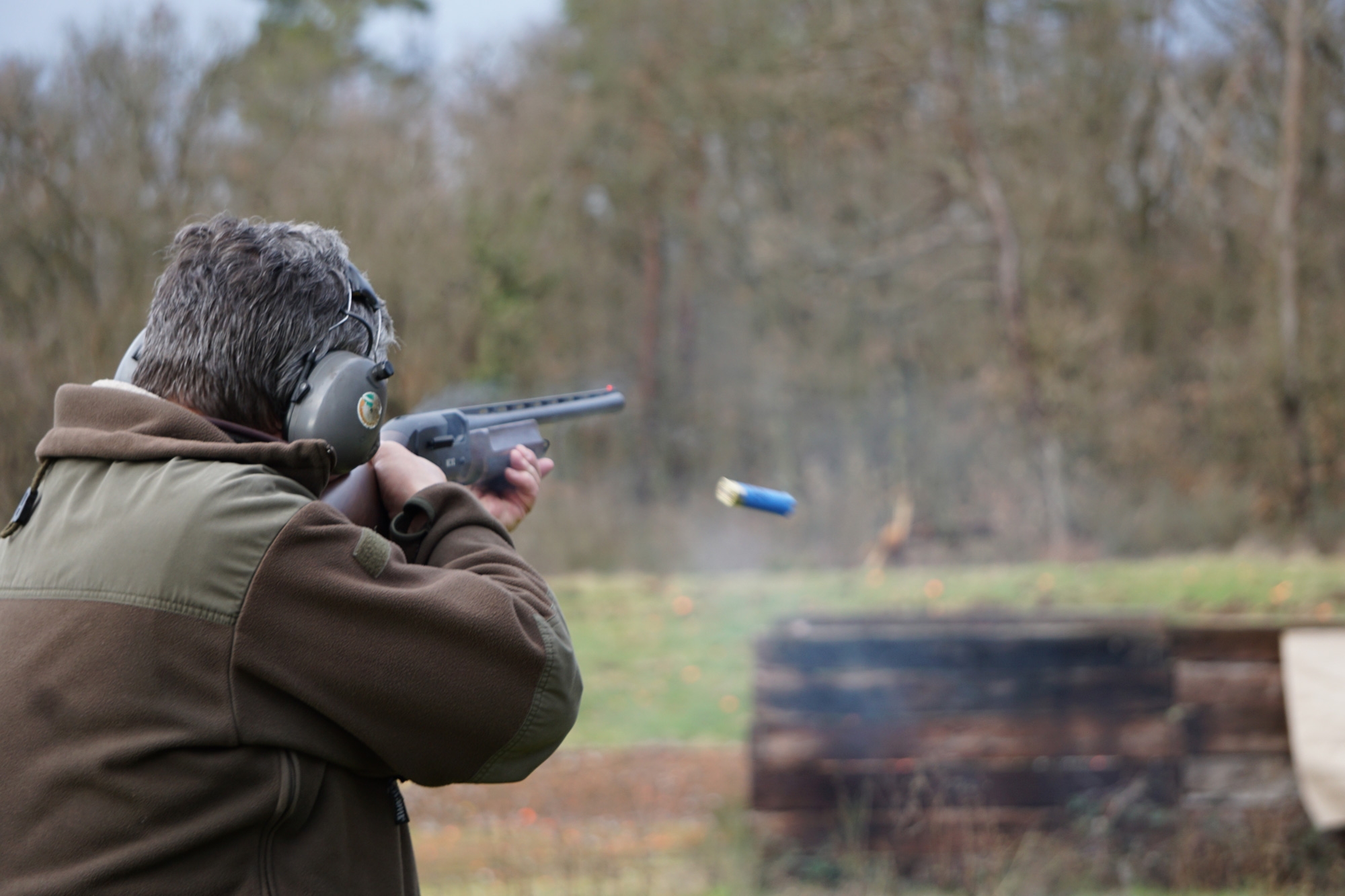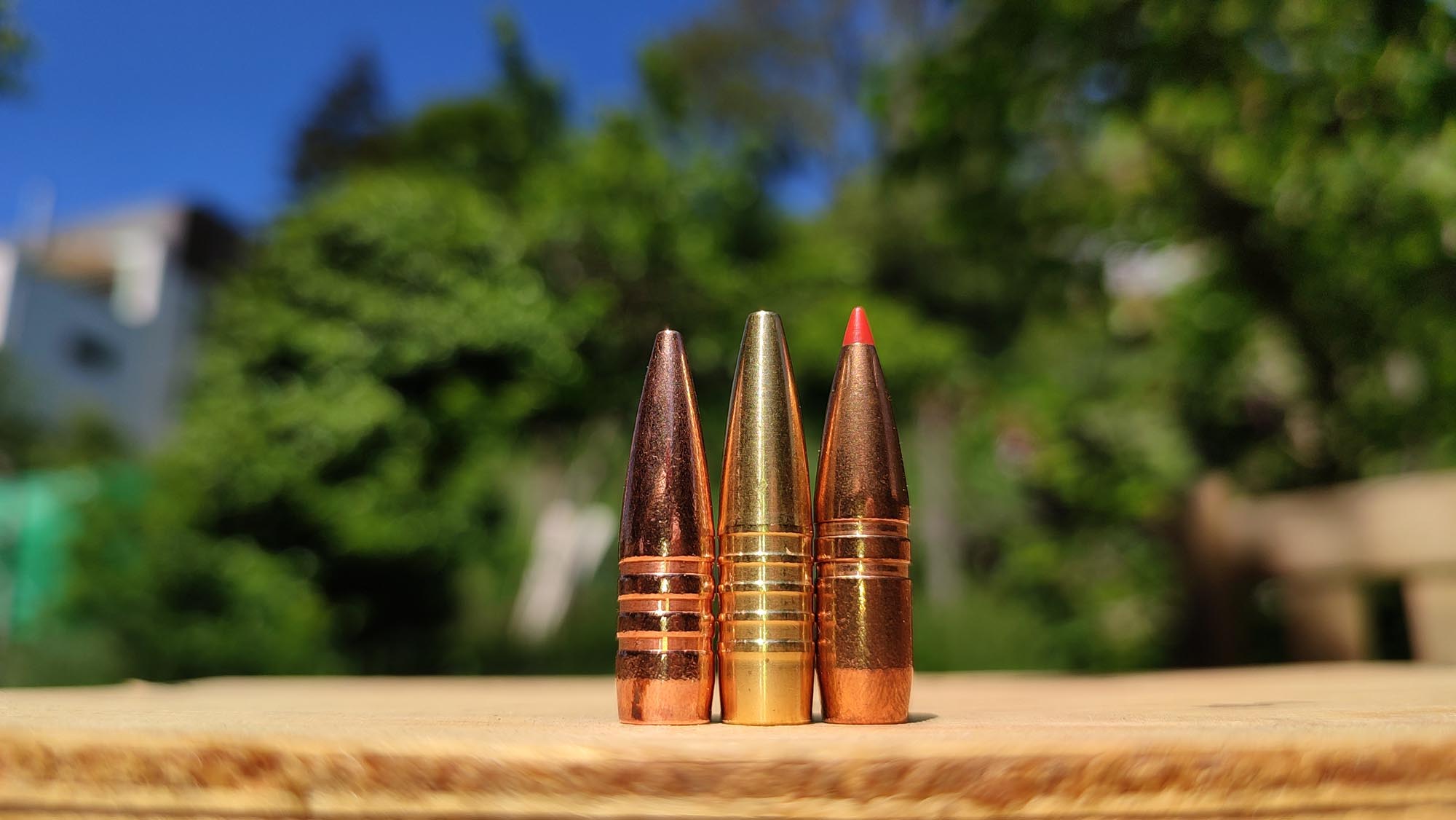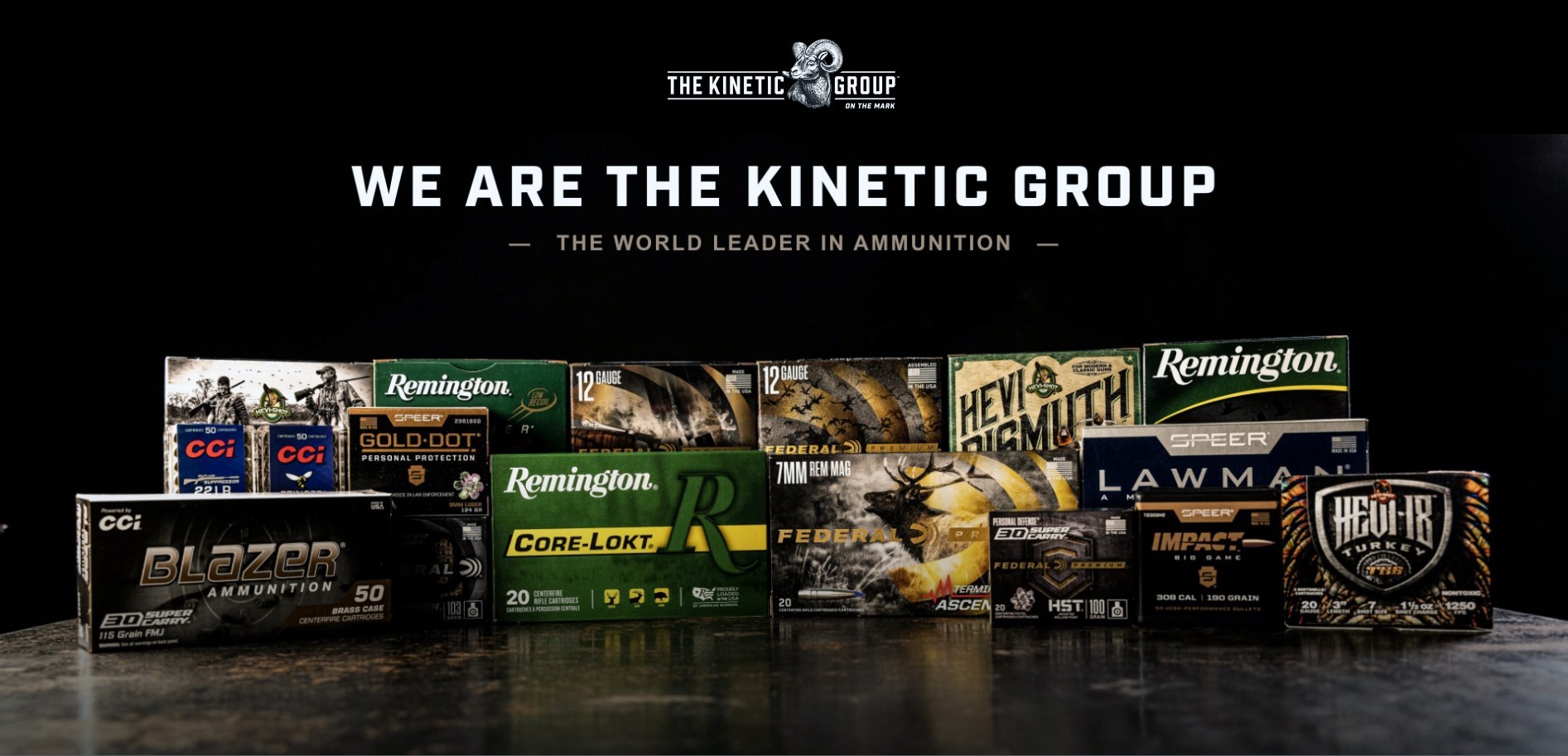From around the year 2000, a kind of paradigm shift took place in global ammunition development: people no longer tried to develop new cartridge lines from existing classics according to the motto "bigger and thicker = better", but went the other way round in order to better utilise ballistic performance with new bullets. The innovative bullets lost significantly less energy during their flight and, conversely, delivered more power to the target without the shooter feeling a stronger recoil on the shoulder. In order for these more advanced bullets to be used, new cartridges had to be developed in order to circumvent restrictions such as the twist rate or the overall cartridge length in the magazine and chamber. The US company Hornady Manufacturing specialises in this interaction between bullet and cartridge – last year it celebrated its 75th anniversary. Let's take a look at the three cartridge lines ARC, Creedmoor and PRC, which were initiated by Hornady but are now loaded by numerous other manufacturers.
The ARC – Advanced Rifle Cartridge family of cartridges
The group of ARC (Advanced Rifle Cartridge) cartridges currently consists of three calibers: .22 ARC, 6mm ARC and .338 ARC (the links lead to detailed information in further articles at all4shooters.com and all4hunters.com). The aim of this development was to offer modern, efficient cartridges that are also attractive to other manufacturers. Unlike earlier cartridges, some of which were named after manufacturers (e.g. Hornady or .308 Winchester), the ARC cartridges were deliberately given a neutral name in order to promote wider market acceptance. In technical terms, ARC cartridges are characterised by high efficiency with a relatively compact case and optimised case geometry. In terms of its performance data, the .338 ARC is sometimes brought close to the .308 Winchester, but offers a different application profile. The ARC cartridge family has been specially developed for use in the AR-15 platform. This allows the shooter to obtain powerful ballistics from a relatively easy-to-handle and lightweight gun.
The Creedmoor cartridge – A long-distance success story
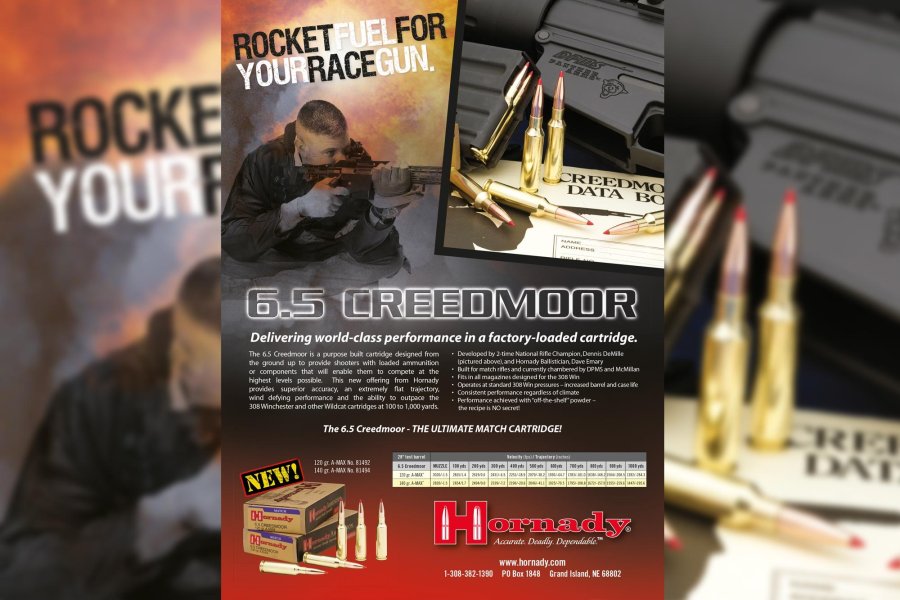
The 6.5 Creedmoor was introduced around 2007 and has since become very popular. In the USA, the 6.5 Creedmoor has even replaced the time-honoured .308 Winchester in terms of numbers – it is offered by almost all ammunition and gun manufacturers. It was one of the first cartridges to be developed specifically for new, aerodynamically optimised bullets. This meant that parameters such as case shape, twist rate and seating depth were adapted to the requirements of these new bullets. In contrast to older concepts, which primarily focussed on higher bullet velocity through greater case volume, the Creedmoor aims for efficiency. This means that comparable performance is achieved with less powder and a shorter barrel, with reduced recoil and lower material stress.
Incidentally, the name Creedmoor already indicates its intended use at long distances: on the one hand, Creedmoor was the name of a shooting range in Long Island in the US state of New York, where some still legendary long-range shooting competitions were held from 1874 onwards. Secondly, the modern company Creedmoor Sports, which specialises in precision shooting, was involved in the development of the 6.5 Creedmoor together with Hornady.
The Precision Rifle Cartridge (PRC) family
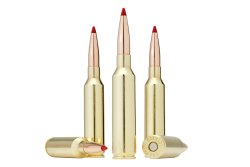
The PRC (Precision Rifle Cartridge) cartridges represent a further development of this principle. They were also developed to enable the efficient use of particularly elongated, heavier bullets with a high ballistic coefficient. The twist rates of the barrels are specially adapted to this. Here, too, efficiency takes centre stage with the aim of losing as little energy as possible through air resistance in flight. The original reason for the birth of the PRC family at the time (around 2007) was an order placed with Hornady to develop a cartridge for Ruger with the performance of a .375 Holland & Holland, but which had to fit into the existing shorter Ruger actions. The 6.5 PRC, for example, has a significantly higher velocity compared to the 6.5 Creedmoor, which results in a flatter trajectory. The cartridge is therefore suitable for both long-range precision shooting and hunting. The latest development here is the 7 mm PRC, which we have already been able to present in an extensive field test up to 1,000 yards.
Technical development: from volume to geometry
Earlier approaches to increasing performance usually relied on larger cases and more powder, but this led to increased recoil, more barrel wear and longer guns. An example of a more efficient alternative from this transitional period is the .300 WSM (Winchester Short Magnum), which used a short, thick case. It represented an intermediate step – although existing bullets were still used here too. The new cartridge families, on the other hand, were designed around the newly developed bullets. In some cases, these require completely different twist rates in the barrels in order to achieve the desired stability in flight. It is therefore virtually impossible to adapt existing actions, which is why completely new cartridge developments were necessary.
Influence of twist rates on bullet trajectory
A key technical problem with earlier cartridges was the lack of adjustment of the twist rate to modern, elongated bullets. This meant that potentially powerful bullets could not be used – either they did not fit into the case or could not be stabilised with the existing twist rate. This problem occurred, for example, with the .260 Remington, which was powerful in itself but came onto the market with an unfavourable twist rate. There were similar examples earlier, for example in the competition between the .244 Remington and the .243 Winchester. The latter prevailed because Winchester chose a more practical twist rate, which allowed for more flexible use.
Conclusion on the new bullets from the ARC, Creedmoor and PRC series
The new ARC, Creedmoor and PRC cartridge families are not the result of short-term trends or marketing strategies, but a logical consequence of technical developments in bullet and case technology. For the first time, they enable the efficient use of modern bullets that are not technically feasible with older cartridges. These new systems offer advantages in terms of efficiency, accuracy and ballistic performance – provided that the gun and ammunition are matched accordingly: away from the pure increase in speed through larger powder volumes, towards the use of optimised shapes and actions. This means that the question is no longer just "more power", but more intelligent implementation through modern ballistic knowledge.


